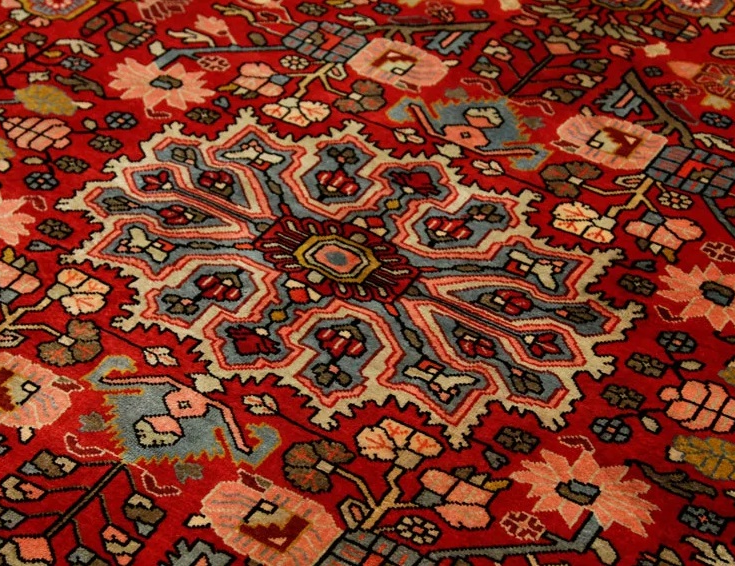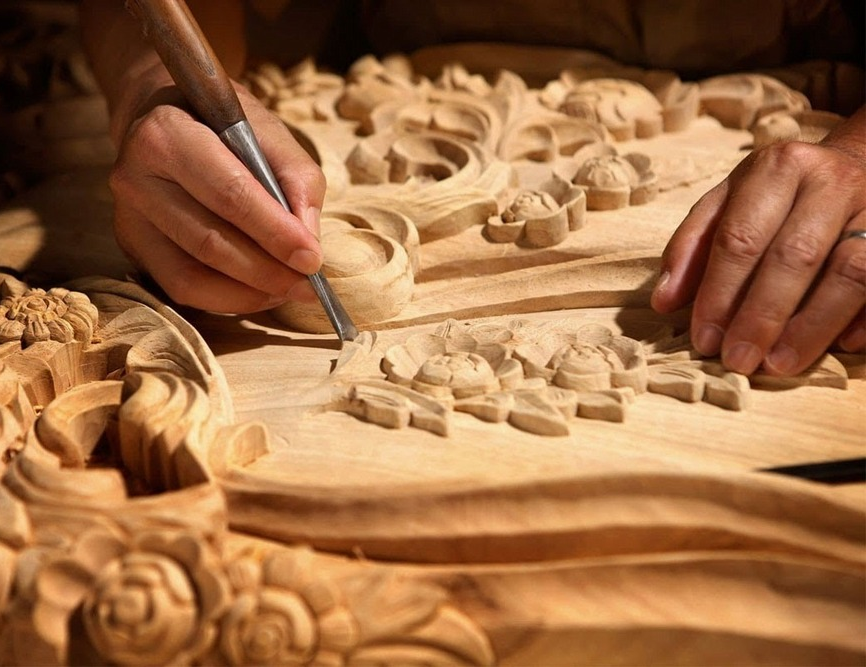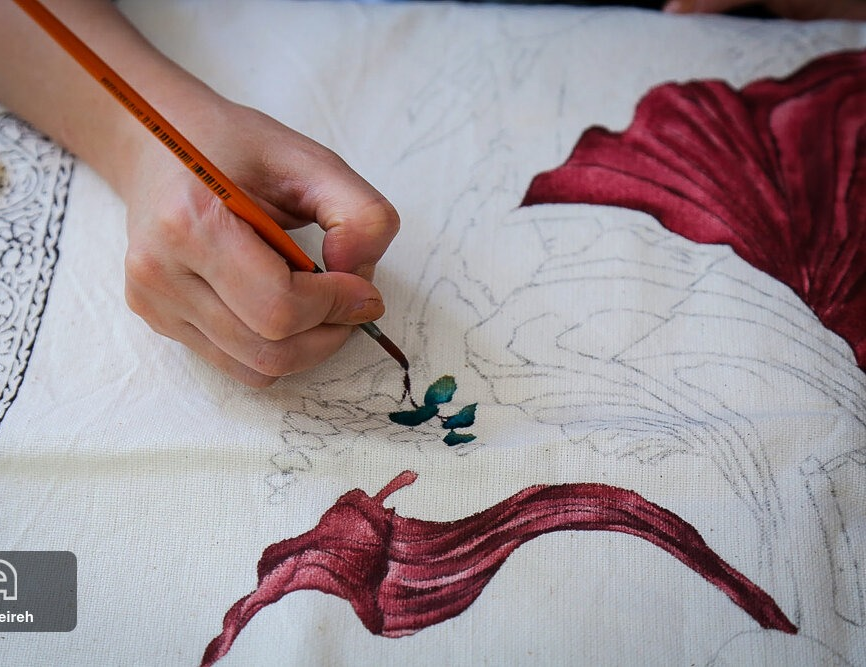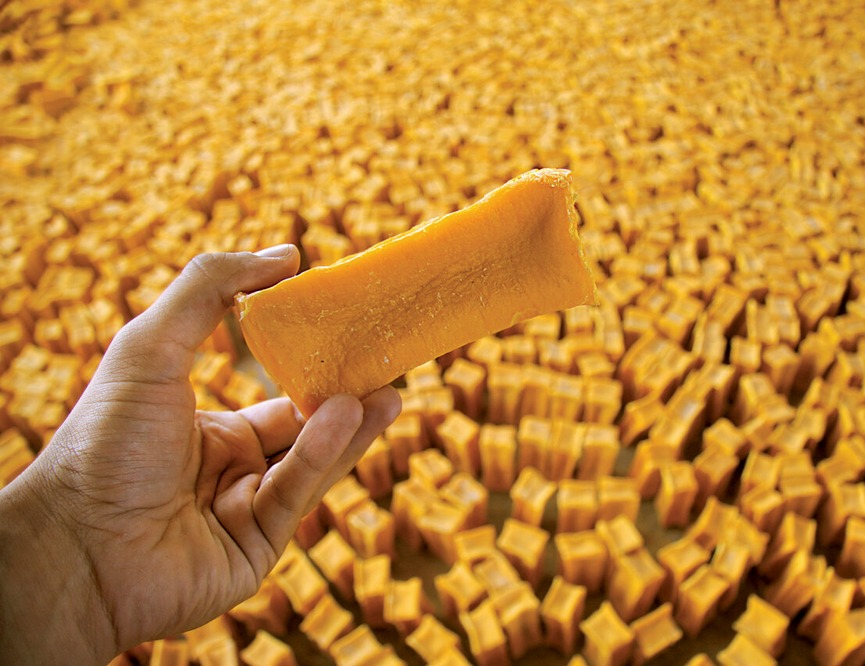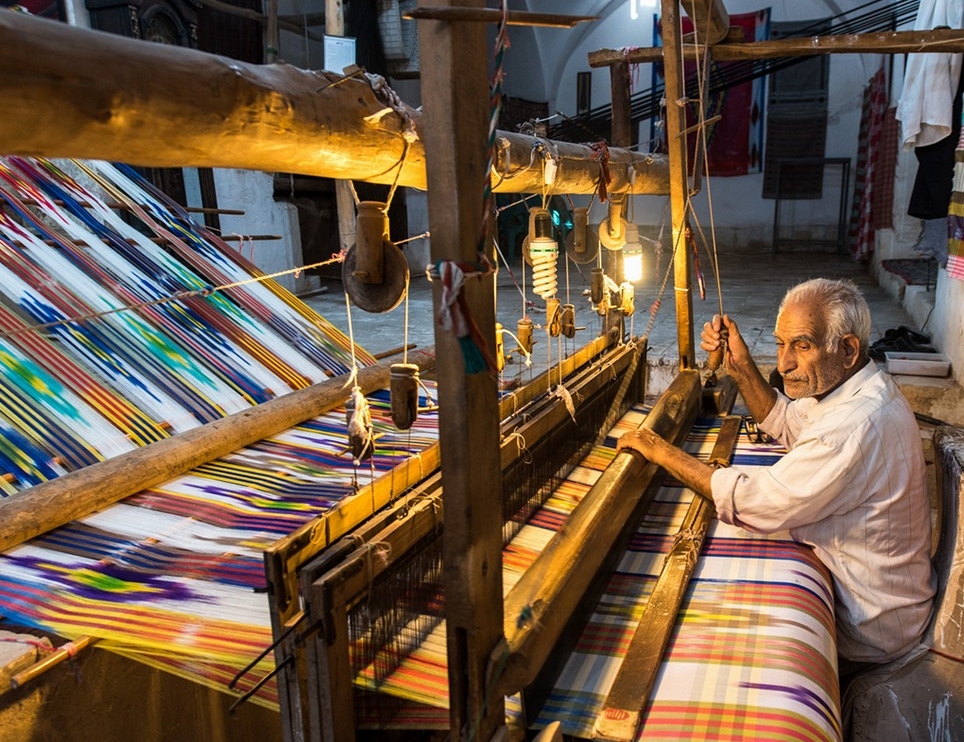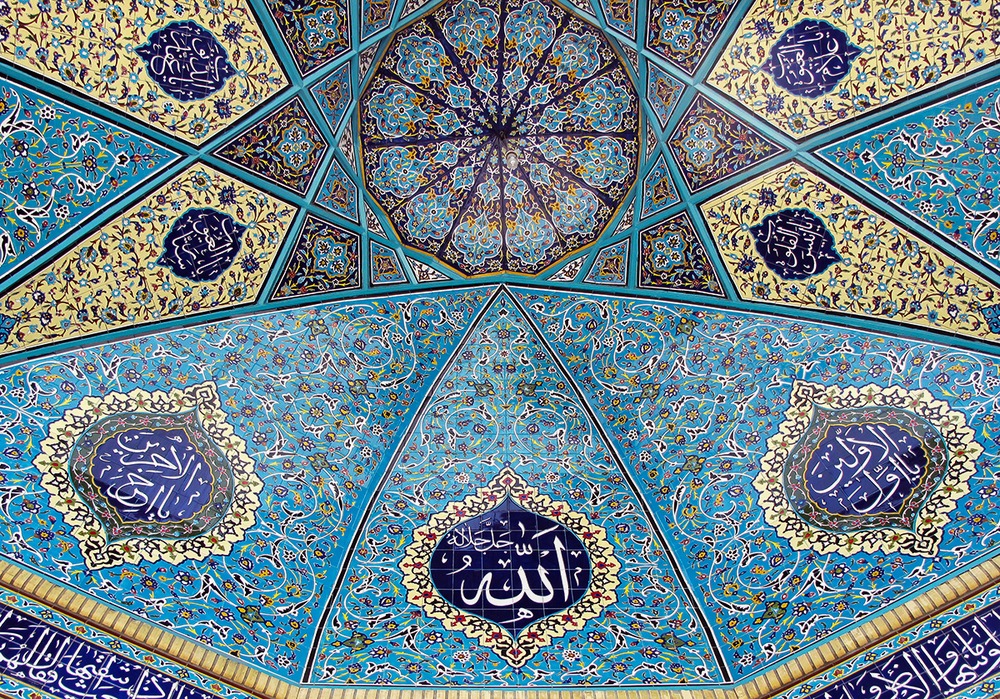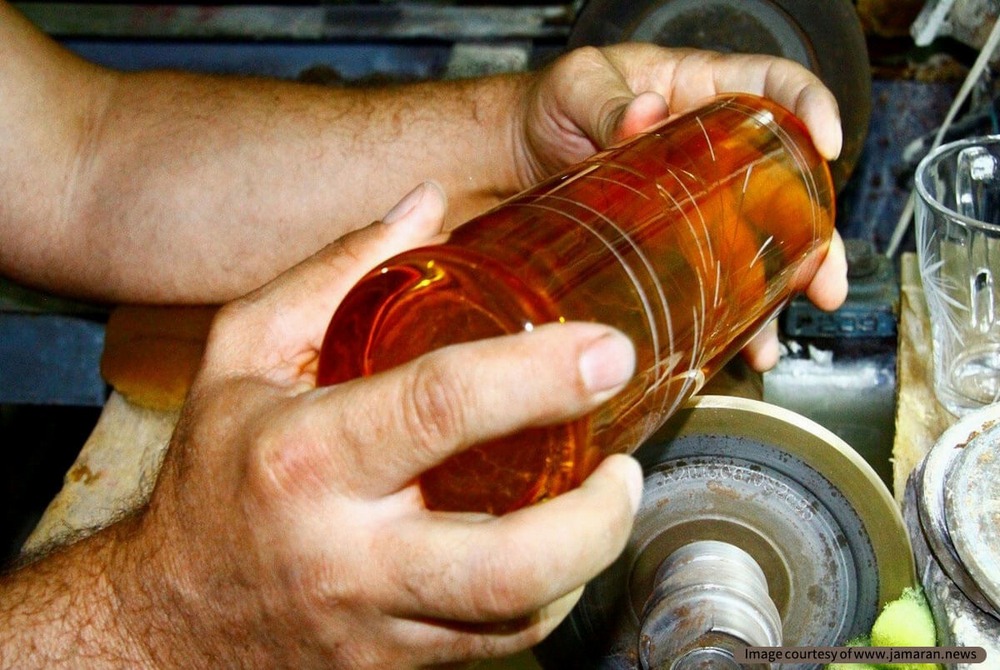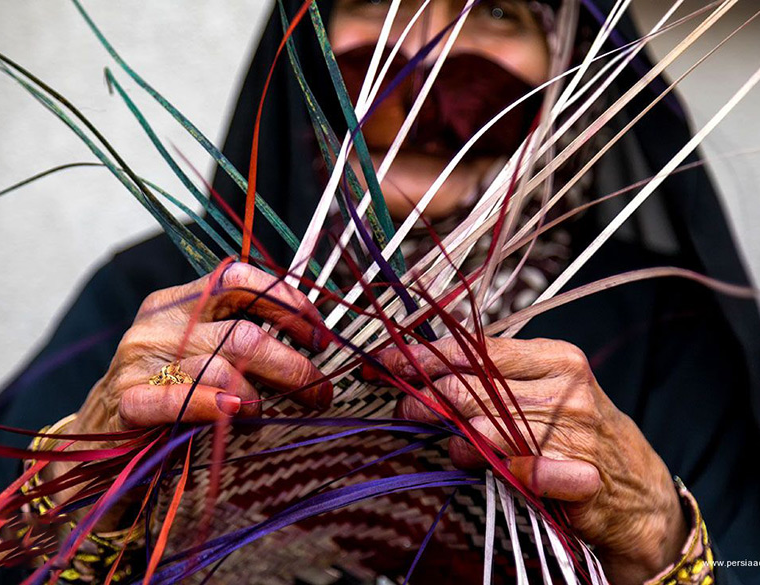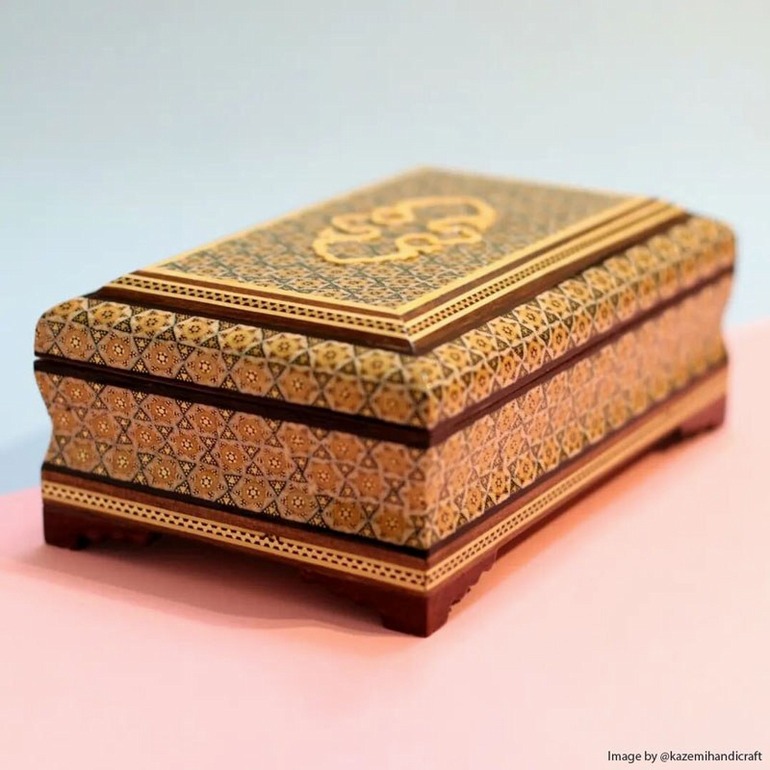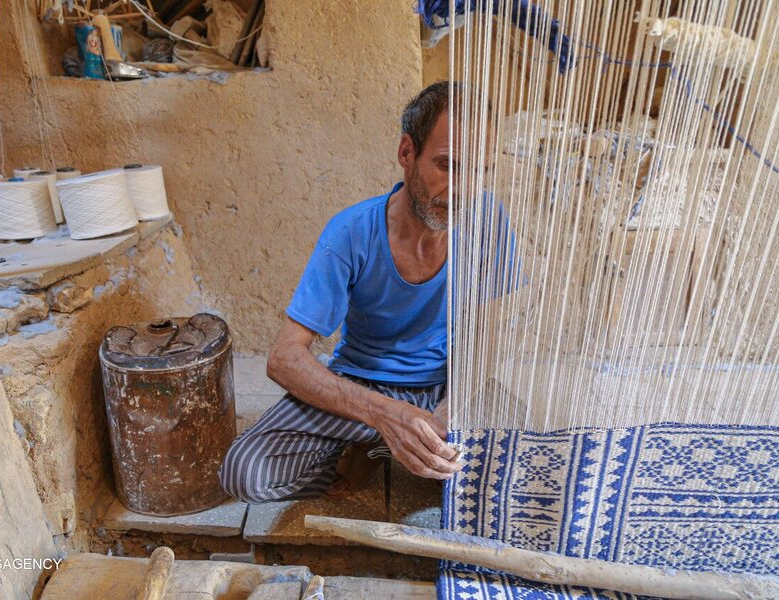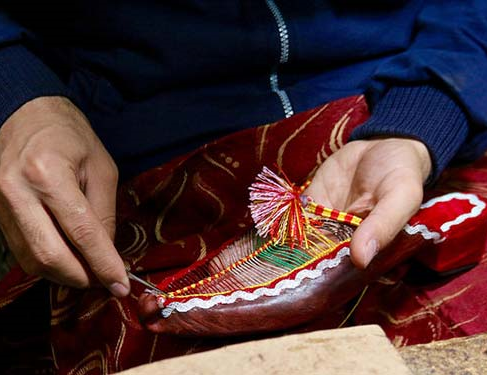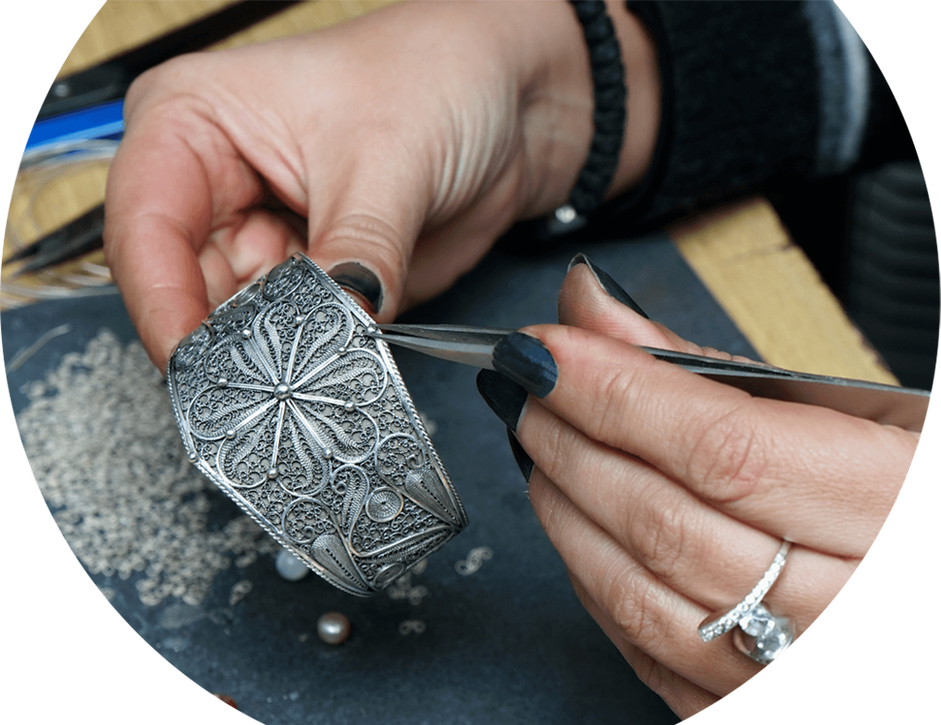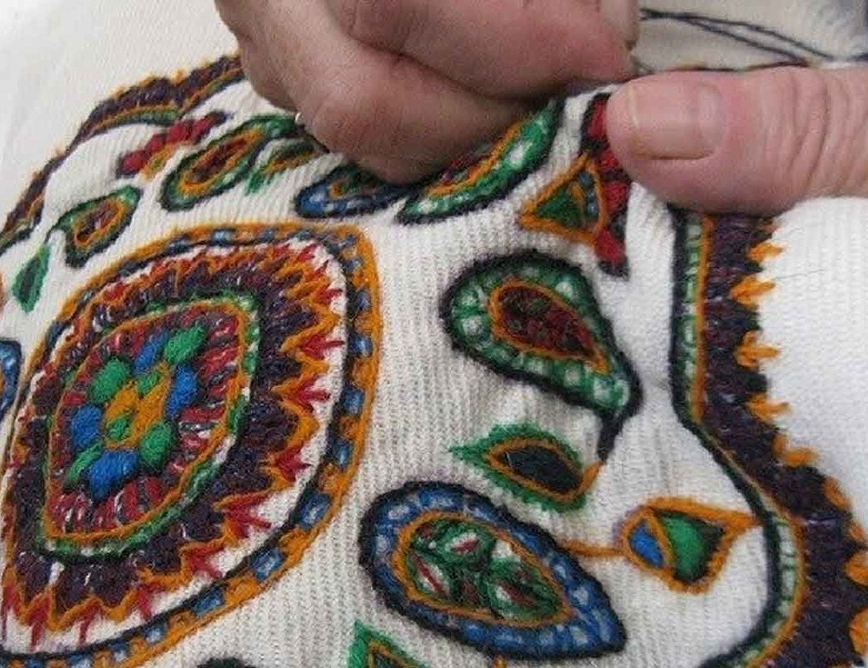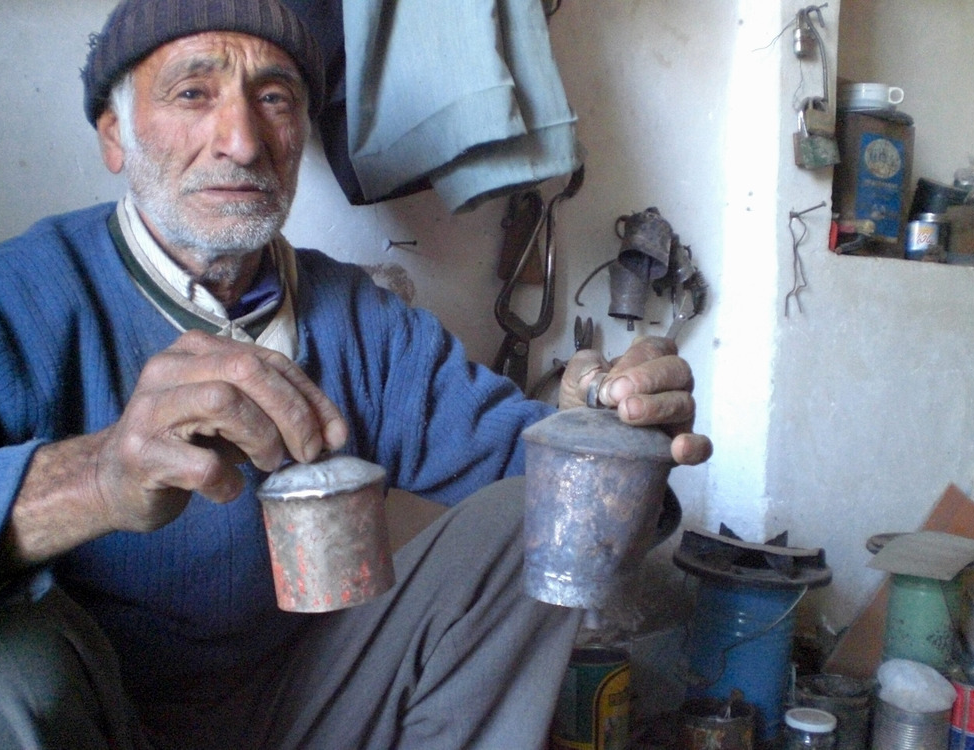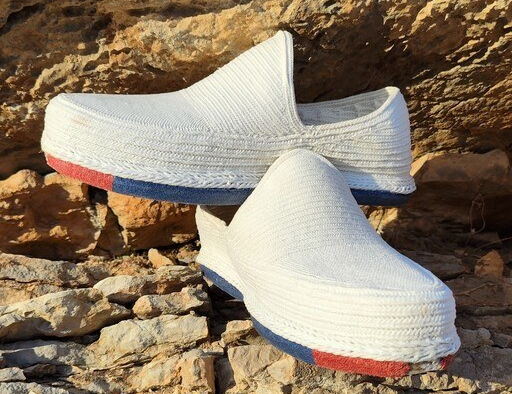
Gelij
Gelij can be considered a special type of Jajim; a type of rug that is popular in the northern regions of Iran. Traditionally, this rug is usually woven by women and they continue to produce it at home in their traditional methods.
Gelij Weaving Method
Gelij is usually woven on two different types of fixed and mobile looms and in pieces with a width of 60 to 70 cm and a length of one to three meters. However, it is also possible to weave this type of rug in longer lengths. Sometimes Gelij is woven in two pieces; in which case, the two pieces are completely similar and are sewn together. Gelij is woven on a type of loom, which is called “Karchal” in the local dialect. This rug is similar to Gilim in many ways, but the components and functions of the loom on which Gelij is woven are more like the fabric weaving looms.
The northern regions of Semnan Province (such as Fulad Mahalleh, Erost, Reza Abad, Chashm village as well as Mojen City), some villages of Behshahr County of Mazandaran Province, and the Alasht City of Savadkuh County are considered the main centers of Gelij weaving. All the stages of Gelij weaving, from spinning and setting up the loom to sewing the rug are done manually and mainly by rural women.
Designs of Gelij
In Gelij weaving, wefting is done twice in such a way that in addition to the primary wefting, by passing the thread through the warp, the weaver also passes another weft through the warp by hand. The second wefting plays an important role in the formation of the design, and because of this additional step, the designs of Gelij are much more diverse than Jajim. These designs are completely abstract and can be considered the weaver’s perception of nature and surrounding objects. These designs may be the result of repeating some motifs several times; this repetition makes the surface of Gelij look more beautiful.
Keeping in view the method of weaving Gelij in different places, its motifs and designs can be considered its most important feature in each region. Red color is predominant in the types of Gelij woven in Mazandaran and sometimes this color is chosen as the color of the background color. Natural materials such as walnut skin, pomegranate skin, turmeric, and nettle are still used to dye the threads used in Gelij, and brown, white, and black colors are also provided by using sheep’s wool.
Geljj has a soft texture and is woven with cotton and wool threads (yarns from cotton and wefts from wool or both of the same material). This feature has made it popular to be used in men’s clothing. Due to the prevalence of Gelij weaving in areas where livestock breeding is widespread, the use of wool has been mostly used in weaving Gelij; although, nowadays and in some cases, industrial threads may also be used, instead of natural cotton and woolen threads.
Since Gelij was used for different purposes in the life of the local people in the past, it was also called by several special names, based on the uses, which included “Sarhamumi” (in which bathroom items were placed to carry to the public bathhouses), “Ayenehkiseh” (lit. mirror bag; in the form of a bag for keeping cosmetics), “Asbsari” (lit. horse head; which had large dimensions and was placed on a horse that carried the dowry or the groom rode on it to go to the bathhouse), “Kajkiseh” (lit. tilted bag; which was hung diagonally on the wall to place spoons and forks in it), “Korsi-sari” (a runner placed on top of korsi), and “Padri” (doormat). The designs used in weaving Gelij also changed in accordance with the purpose it was used for. Gelij is also used as a blanket and prayer mat.
Due to the large existing capacities of weaving Gelij in Behshahr City of Mazandaran Province, this city was inscribed as the National City of Gelij in the year 2023. According to available statistics, 1,43 Gelij weaving workshops were active in this city in the same year.
The northern regions of Semnan Province (such as Fulad Mahalleh, Erost, Reza Abad, Chashm village as well as Mojen City), some villages of Behshahr County of Mazandaran Province, and the Alasht City of Savadkuh County are considered the main centers of Gelij weaving in Iran.
| Name | Gelij |
| Country | Iran |
| Cities | |
| Works | Knitting, sewing and textile |
| Registration | National |
_crop_2.jpg)
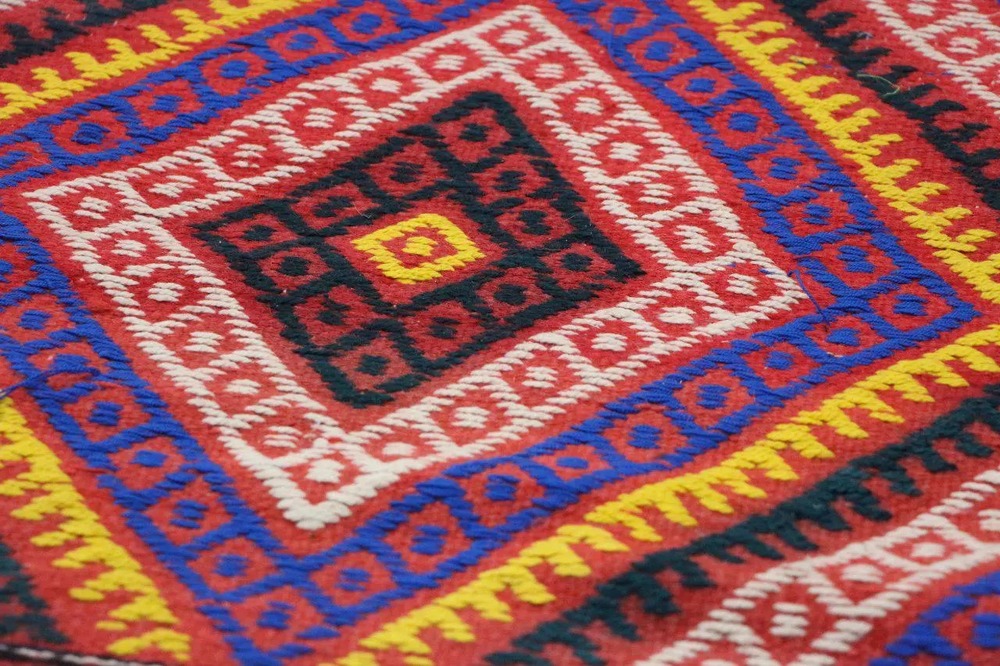
_1.jpg)
_crop_2.jpg)

_1.jpg)
Choose blindless
Red blindless Green blindless Blue blindless Red hard to see Green hard to see Blue hard to see Monochrome Special MonochromeFont size change:
Change word spacing:
Change line height:
Change mouse type:
